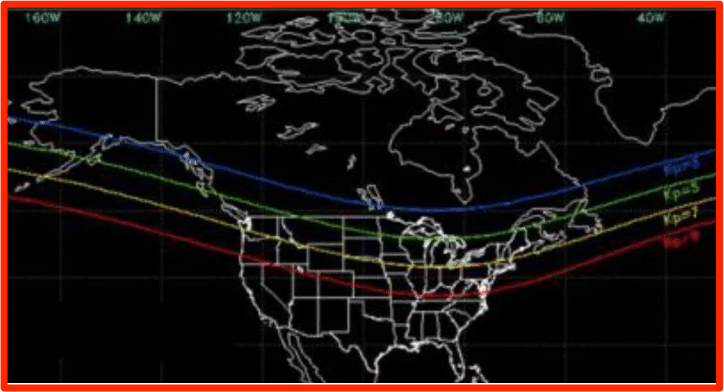One of the world’s most beautiful and natural events will cascade across the sky throughout North America this coming weekend. Not just your average solar flare, this exciting geomagnetic storm is something that will be much prettier to observe – and shouldn’t cause too much interference with the gadgets we all know and love.
https://www.instagram.com/p/BvRMtpWHO8R/
According to MLive.com, a Michigan area website, the visibility rating for this late-September event should be much higher than when another solar flare shot off earlier in August.
This new storm is caused by a giant hole in the sun’s atmosphere facing Earth and shooting solar wind towards us – the estimated time the storm will arrive is around 8 P.M. EST on Thursday, Sept. 26th. It will be visible as far south as Lower Michigan.
The storm will then continue to be visible for a full 24 hours, and yet again, another 24 hour period with varying degrees of visibility across states.
https://www.facebook.com/spaceweatherdotcom/photos/a.1673882029528848/2336166919967019/?type=3
Just earlier this year, the U.S. got to witness a crazy phenomenon that showed many more states the Northern Lights – that kind of event was called a CME or Coronal Mass Ejection.
One of the very worst solar storms in recorded history happened in 1859 and is known as The Carrington Event – after the scientist who observed it and made correlations to the effect it had on the world.

During that extra rare event, CNET reports, many people saw the actual telegraph wires explode into flames and if that same thing were to happen today – humanity could be affected in disastrous ways.

Both CMEs and solar flares involve large explosions from the sun and outward bursts of energy that leave the sun and come shooting toward passing planets – like Earth.
Between the yellow and red lines on the map above is where the lights should be most-visible. This swath of land includes states like Oregon, Idaho, Utah, Colorado, Wyoming, Kansas, Missouri, Ohio, West Virginia, Virginia, and others along the way.
Every single year, millions of people travel to parts of the globe closest to the North Pole in hopes of witnessing the Aurora Borealis (Northern Lights) – but this weekend you might be able to see it right in your backyard!
Check out NASA’s cool video about Solar Flares and CMEs below and let us know if you’ll be heading outdoors for this solar flare in the comments below.



